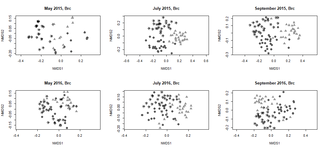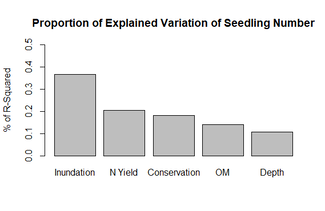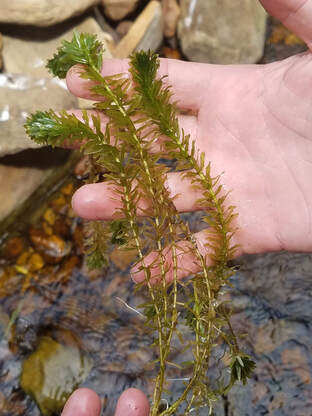What we do
We study how various living and non-living factors impact plants and plant community development.
Plant species are finely tuned to specific sets of conditions, which influences where they can grow and reproduce. As conditions change, the botanical composition of the landscape may respond to these alterations, resulting in changes to abundance and distributions of species. Our work focuses on how aquatic plants respond to these changes, with an eye on the human impacts to and influences on botanical communities, and how plants may be used to remediate pollutants and restore habitats.
How we do it
In our lab, we use a variety of methods and approaches to study these systems, from theoretical and basic science to applied work focused on conservation and restoration of plant communities. In our work, we combine observational and experimental studies to better understand factors which influence where plants grow. Depending on the question, we may use traditional field studies, meso- and microcosm work in greenhouses and/or growth chambers, geospatial models, herbarium records, and taxonomic treatments, to name a few.
Research Spotlight
Impacts of landuse/landcover on herbaceous wetland plant communities
Restored wetlands often fail to meet pre-determined goals, such a specific suite of plants or desired levels of pollutant removal. We used restored floodplain wetlands to better understand which factors influences plant community composition, from seedlings to established systems. This research will help local stakeholders and agencies better design and manage wetland to reach stated goals.




